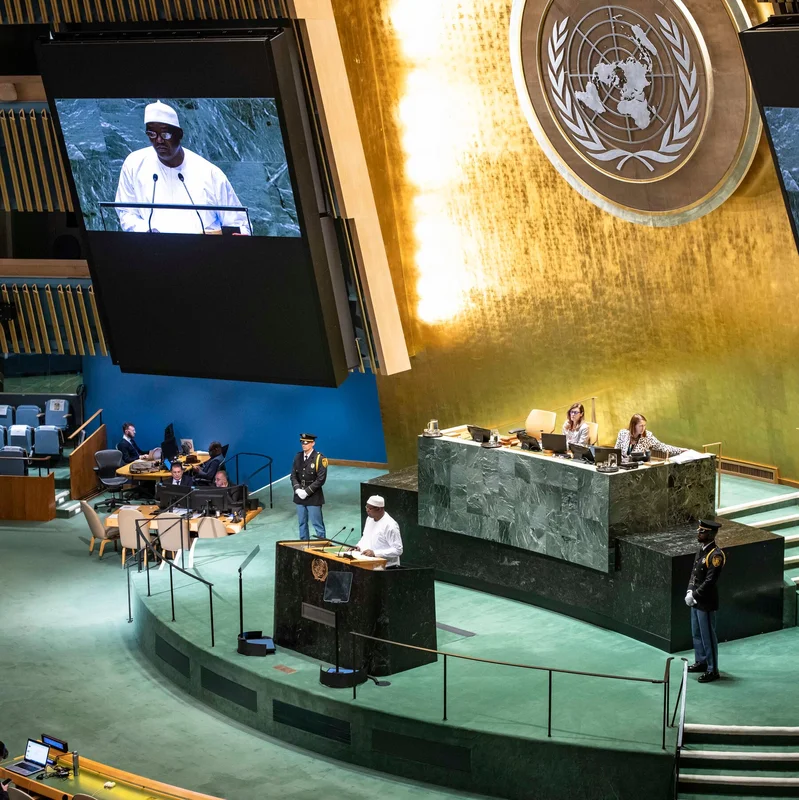Table of Contents
- The Shutdown and the Layoff Threat
- Why Experts Say It’s Illegal
- Unions Fight Back in Court
- Has This Ever Happened Before?
- What Essential Services Really Need
- Political Motivations Behind the Move?
- What Happens Next?
- Sources
The Shutdown and the Layoff Threat
As the federal government shutdown enters its second week, President Trump is escalating pressure on Democrats with a controversial new threat: mass layoffs of federal workers. But legal scholars, budget analysts, and union leaders are sounding the alarm—these firings may not just be unnecessary, they could be outright illegal .
According to a recent White House memo, agencies have been instructed to consider “reduction in force” notices during the shutdown, targeting positions that lack current funding or don’t align with the president’s policy agenda. The administration claims the move is needed to keep essential services running—but experts across the political spectrum strongly disagree.
Why Experts Say It’s Illegal
Under the Antideficiency Act, federal agencies are prohibited from spending money not appropriated by Congress—except for emergency and life-sustaining functions, which are allowed to continue during a shutdown. Crucially, this law does not require—or even permit—mass layoffs to fund those essential operations.
“There is no legal basis to suggest that fully funding the military and other essential services requires eliminating jobs in other departments during a shutdown,” said Jessica Riedl, a senior fellow at the conservative Manhattan Institute .
In fact, past shutdowns—including the record 35-day closure in 2018–2019 under Trump himself—never involved layoffs. Workers were furloughed or worked without pay, but their jobs remained intact.
Unions Fight Back in Court
Federal employee unions, including the American Federation of Government Employees (AFGE), have already filed a lawsuit in California federal court to block any firings. They argue the White House is exploiting the shutdown to push a political agenda, not to manage a fiscal emergency.
“It’s clearly unlawful,” said Rushab Sanghvi, AFGE’s general counsel. “I can’t think of any other time a president has tried to justify mass layoffs based on a temporary funding lapse” .
A federal judge has ordered the administration to respond by October 10, specifically demanding clarity on “the status of any currently planned or in-progress” firings.
Has This Ever Happened Before?
| Shutdown Period | President | Mass Layoffs? |
|---|---|---|
| 2018–2019 (35 days) | Trump | No |
| 2013 (16 days) | Obama | No |
| 1995–1996 (21 days) | Clinton | No |
| 2025 (ongoing) | Trump | Potential first-ever attempt |
Historically, shutdowns have been about furloughs—not firings. Terminating civil servants during a temporary funding gap would break decades of precedent and could permanently dismantle programs Congress never intended to eliminate.
What Essential Services Really Need
Budget experts stress that essential services—like air traffic control, border security, and federal prisons—can continue without laying off workers in unrelated agencies. Agencies use existing emergency authorities and carryover funds to maintain critical operations.
“They don’t have to lay them off to do that,” said Douglas Holtz-Eakin of the American Action Forum, a conservative policy group .
Political Motivations Behind the Move?
Critics argue the threat is less about fiscal responsibility and more about political leverage. Democrats have refused to pass a short-term spending bill unless it includes an extension of Affordable Care Act subsidies worth $350 billion—a sticking point that has enraged the White House.
President Trump has openly described the shutdown as an “unprecedented opportunity” to cut “Democrat agencies” and reshape the federal workforce. In one telling quote, he said the chance to shrink government was “handed to us on a silver platter” .
What Happens Next?
The legal battle is accelerating. If the court blocks the layoffs, the administration may be forced to back down. But if firings proceed, thousands of federal workers could lose their jobs permanently—even if Congress later funds their agencies.
Meanwhile, the White House has also floated the idea of denying back pay to furloughed workers—a move that would violate a 2019 law signed by Trump himself. “It depends on who you’re talking about,” he said when questioned, further fueling concerns about selective punishment.
For now, federal employees are left in limbo—working without pay, fearing for their livelihoods, and watching as their jobs become bargaining chips in a high-stakes political showdown.




